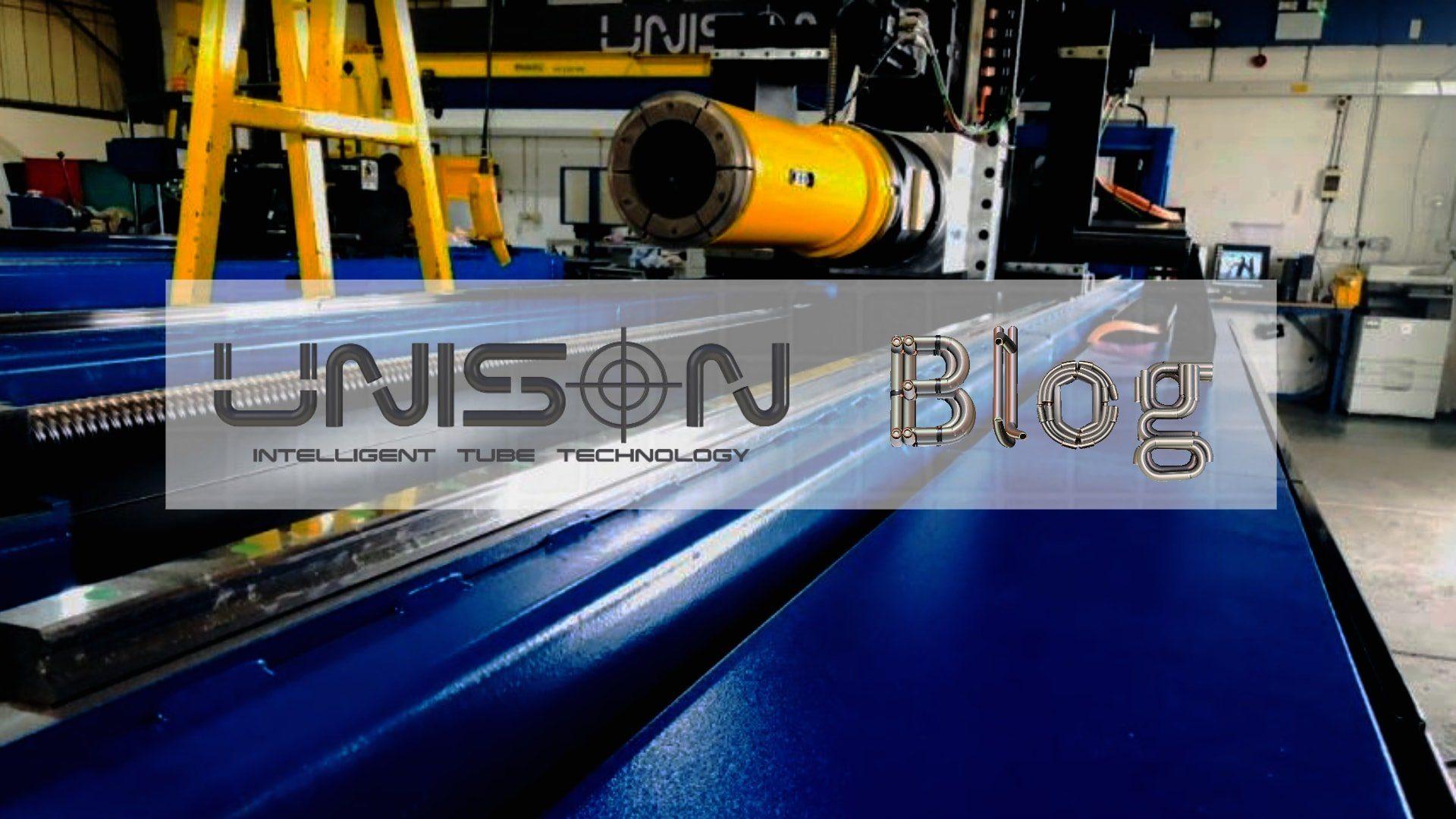There are two scenarios here, both of which require the same feature – Hitch Mode
Firstly, you need a carriage that has a bore all the way through to the back.
Again not all machines are the same, so make sure if you have a bore what is the maximum size that can pass through, on a Unison machine the size of the machine also defines the bore of the collet.
Secondly you need to have a collet that doesn’t have a ‘Stop’ in it, which may prevent you doing Roll Bending as there is no longer enough grip to push.
Then it comes down to whether your application needs a Mandrel or not.
If you require a Mandrel then the maximum distance you can hitch is up to the Mandrel Rod Length, otherwise it is infinite.

Hitch mode is where the carriage holds the tube somewhere along its length, normally close to the front of the machine and moves back each time a DBB / L or Y Axis move is required
A good control system will have this feature as standard, and you will be able to define where the Hitch takes place.
The sequence is normally: Open the collet, moving back the set DBB distance and regrip before moving forward. More advanced controls will allow this to happen an infinite number of times, and optimise in the cycle when the bending operation happens to save time.